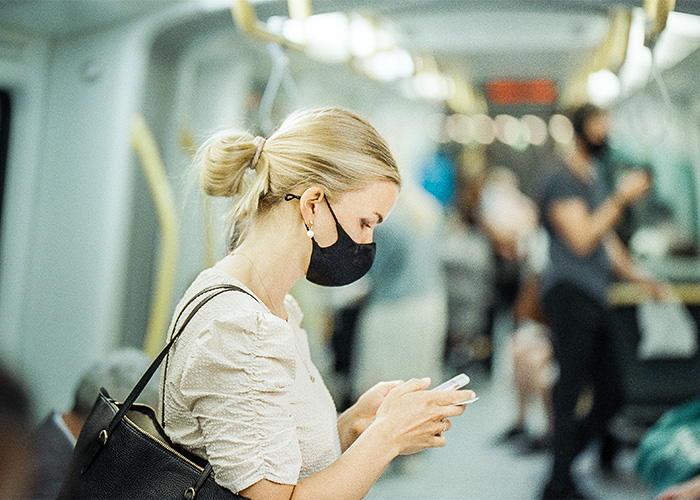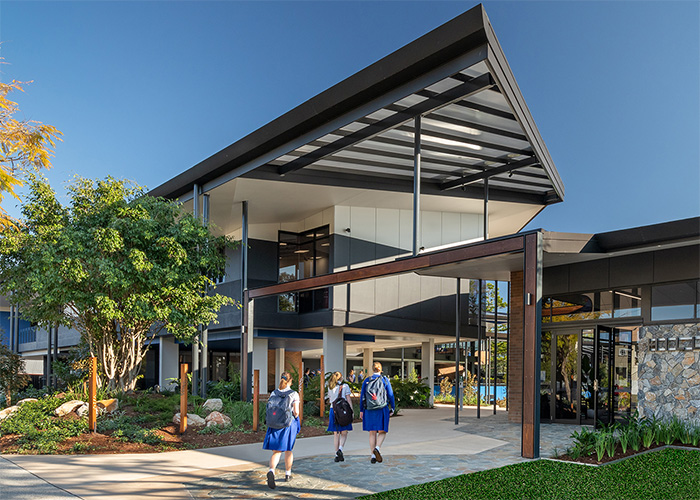How our cities work – essential lessons from lockdown: By Matt Wade New research on the demographics of essential workers in Australia’s largest cities casts a stark light on geographic and gender inequalities, writes Matt Wade for the Sydney Morning Herald. Essential workers are employed “across health and social services, education, freight and delivery, transport, police and emergency services, logistics, construction and some retail,” and make up 45% of the workforce in Australian capital cities. They are exposed to greater risk of contracting Covid-19 in their workplaces, and through travelling to work. According to a study by consultancy SGS Economics and Planning, most essential workers in Sydney and Melbourne live in outer metropolitan growth areas where housing is more affordable – these regions also recorded a high share of infections …
streetchat

Sydney Morning Herald
Students could have a field day with more outdoor learning: “Australian students typically spend over 10,000 hours during their adolescence in schools” – despite this, the schoolyard hasn’t traditionally been viewed as a space to improve student wellbeing, writes Gweneth Leigh for the Sydney Morning Herald. The return to classrooms in the wake of COVID-19 has prompted an urgent need for schools around the world to create learning spaces that are well-ventilated and socially distanced. Outdoor learning has proven to be an innovative and simple answer to this dilemma. “For some this meant clustering picnic tables together, building shade structures, adding trees, gardens, even yoga circles and mountain bike trails”- varied, resourceful outdoor classrooms have had a distinctively positive impact, they report. Studies have revealed that greening school grounds helps …



